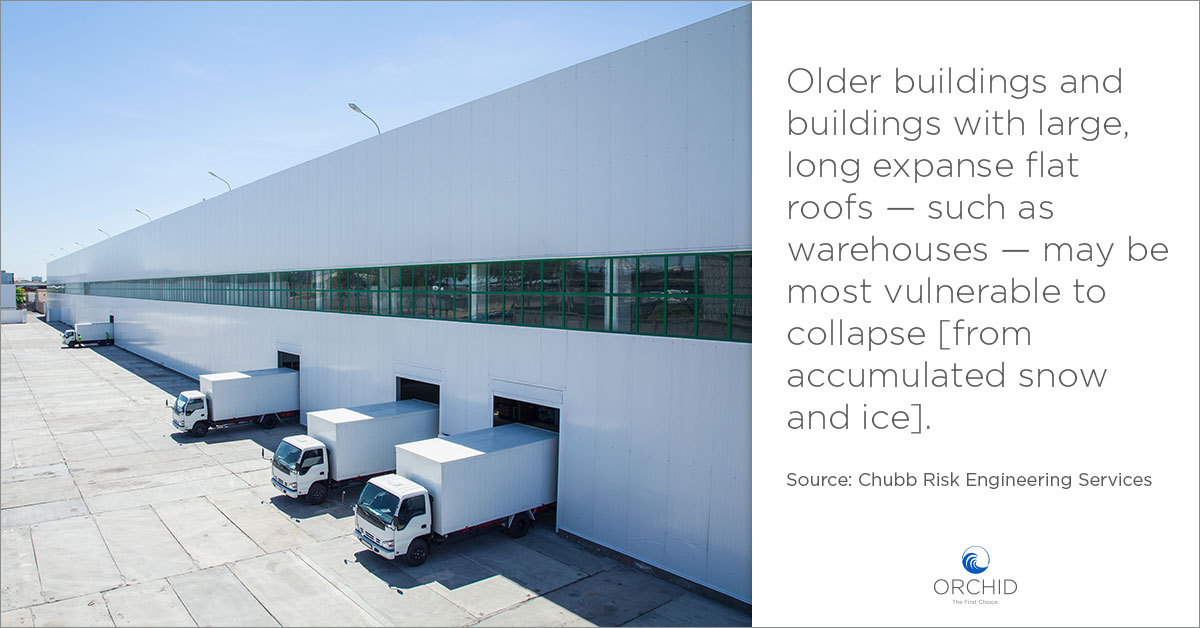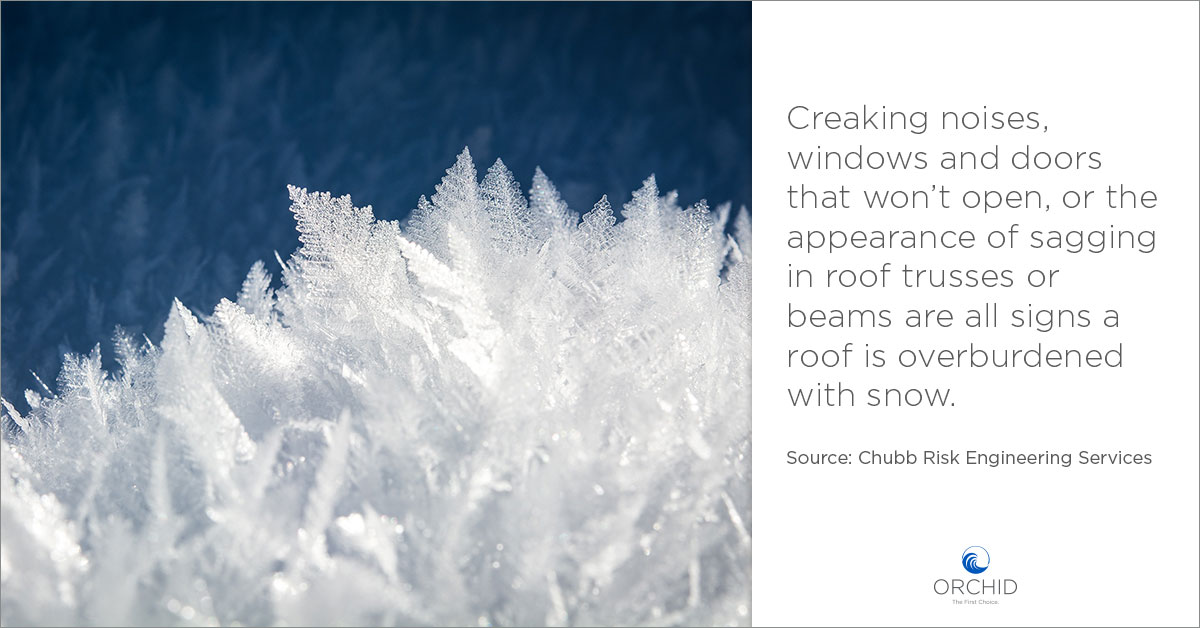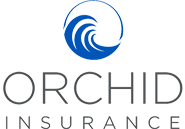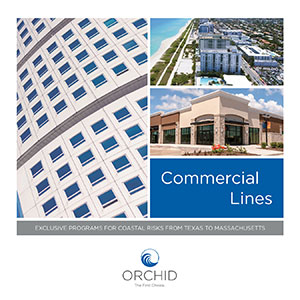Although falling snow makes for a peaceful and picturesque scene, it presents serious risks for commercial building owners and managers. The dark side of the beautiful winter weather is snow-induced roof leaks and, in the most severe cases, building collapse.
Routine roof inspections and maintenance are important year-round, but become critical as temperatures head towards freezing and the potential for snow increases.
A Watchful Eye
Inspecting your roof on a regular basis is one of the easiest and most important preventive measures you can take to protect it from snow and ice damage. If weather conditions allow safe access to the roof, you should make sure roof drains are clear and operating properly, and ice isn’t accumulating near the roof’s drains or perimeter flashing. If ice forms a dam near the roof’s edge or around drains, it can damage the roof’s membrane and allow water to seep in below the roof causing severe water damage.
The inspection should be comprehensive and evaluate the general condition of the roof. Inspections should include any signs of damage such as roof penetrations or bolted connections from equipment that has been installed on the roof.
Reducing Risk of Collapse
A catastrophic risk for commercial buildings is the potential collapse of the roof due to accumulated snow and ice. Older buildings and buildings with large, expansive flat roofs are the most vulnerable to collapse.

Because the weight of snow varies depending on its moisture content, there are no precise guidelines for how much snow is too much for a roof. In general, when snow accumulation approaches a foot, it’s a good idea to have it removed from the roof’s surface.
Hire a contractor with the experience and equipment needed to remove snow safely from a roof to reduce the risk of workers damaging the roof or the potential for falls. You should meet with the prospective contractor before a storm to inspect the roof and review plans to bring equipment onto the roof and remove accumulated snow. Important things to discuss are how they would remove the accumulation and where they would place the relocated snow.
Those discussions should also take into account safety measures. Some specific safety measures to discuss are the contractor’s use of fall-protection procedures and equipment, and methods to reduce the risk of people near the building being struck by debris.
Signs of Danger
All property managers, employees, and tenants should be aware of signs that a roof is overburdened with snow, such as creaking noises, windows and doors that won’t open, or the appearance of sagging in roof trusses or beams.

If any of these signs appear, evacuate the building quickly and safely, and contact your snow-removal and insurance professionals.




